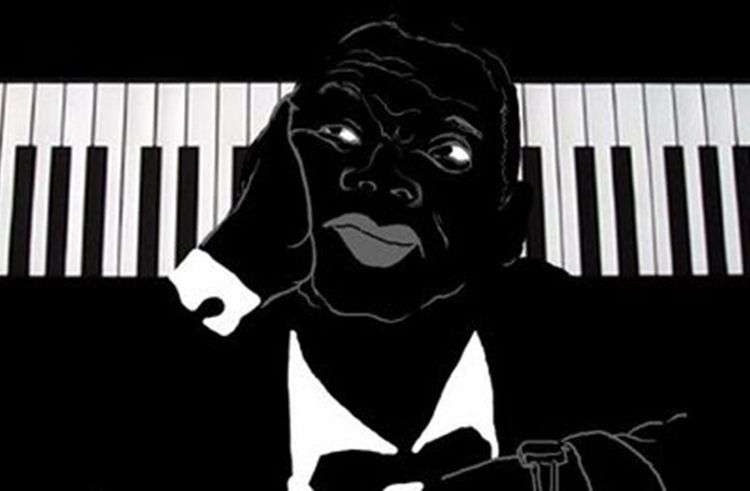By: Gerson Legrand
If I tell you that Elmer Figueroa and Camilo Blanes have played some of the most lamentable ballads of history, surely you shrug your shoulders and wonder who these strange characters are. But if I tell you that I just referred to Camilo Sesto and Chayanne, you, agreeing or not with me, will know exactly whom I am referring to
That is how pseudonyms work. So many artists have used them throughout history; the list could fill countless pages. Some have done so for the sake of originality; others, to simplify the entangled, bland or stilted names they came to this world with; some, to get a good safety from political or religious persecution.
In the end, in every nickname there is effort-at least, initially an effort to conceal the true identity. Overall it is a lawful attempt and, in some cases, absolutely valid. I already wrote once: it would have been difficult to approach the first books by Pablo Neruda if he had kept the brutal Neftali Reyes displayed on his baptismal certificate and perhaps Pancho Villa would not have been respected the same if he had carried forever that Doroteo Arango he was given at birth.
Thus, it is clear that an appropriate alias can catalyze the transition to immortality, and even avoid the mockery of the contemporary. Somehow, we can state that saves, help, relieves.
It is written in the dictionaries alias comes from Latin, meaning “other” and is an incorrect abbreviation of the phrase “alia nomine cognitu ” (“known by another name as”). And there are people who, as tradition coined, seem destined to carry unchanged nicknames: José end up being Pepe and Cheo; Jesus end up being Chucho; the Isabel, Chavela …
But let´s get back to the subject of the artist and their pseudonyms. I repeat: there are many cases, and some are as misleading as the crime writers Frederick Dannay and Manfred Bonnington Lee, who penned their novels as if they were one called Ellery Queen.
Another example that is confusing: to be taken “seriously” by the male audience of her time, the French Amandine Lucie Aurore Dupin signed almost all his works under the masculine moniker George Sand. (The opposite occurrence had musicians Vincent Damon Furnier and Brian Warner, urbi et orbi known as Alice Cooper and Marilyn Manson, respectively. Their whim, I guess).
The point is that there are names that need retouching to achieve success, especially if they are to be achieved in places other than those of their ancestors. That way, the filmmaker Elia Kazan shortened his surname from clear Greek origin (Kazanjoglou), singers George Michael and Freddie Mercury “left behind” Georgios Kyriacos Panayiotou and Farrokh Bulsara and the adventurer Kirk Douglas relegated Issur Demsky Danielovitch, and provocative Demi Moore became more beautiful when she dropped her Demetria Gene Guynes.
Who was Edith Giovanna Gassion? The torn Edith Piaf they nicknamed The Paris Nightingale. And who was Frederick Austerlitz? A guy who danced like gods: Fred Astaire. And who was Ignacio Villa? An exceptional black smile, love piano and drunken voice: a Bola de Nieve in avalanche.
There’s more: the incredible woman who makes us fall in love with Peces de Ciudad is not named Ana Belén, but María del Pilar Cuesta. The moustached Southerner who gave us Tom Sawyer is an “imposter” who came to Mark Twain not to be Samuel Langhorne Clemens. For my part, I have not been honest with you: I am not Gerson Legrand, but Michel Contreras. But this time I grabbed a pseudonym that sometimes I use and I am always pleased with.
My whims, I guess.










